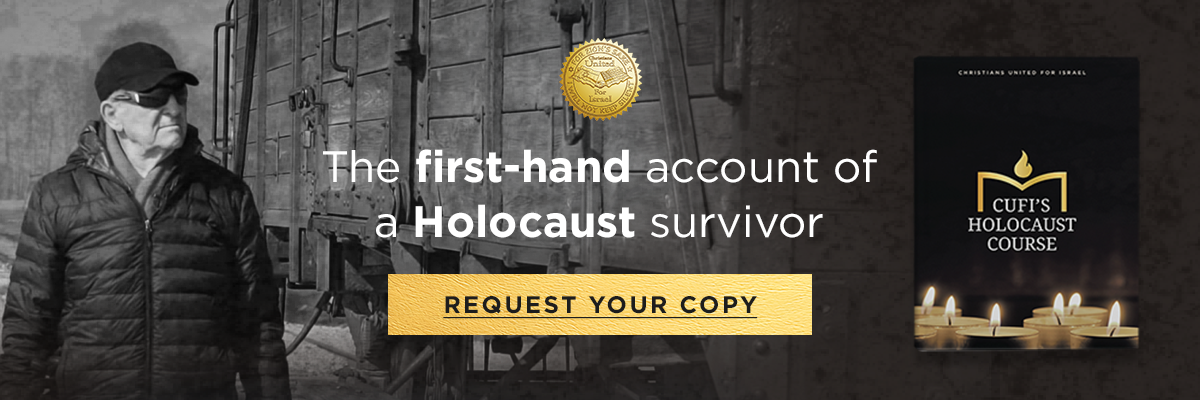
Here’s how Yom Kippur is the holiest ‘meeting’ of the year
Yom Kippur is literally “The Day of Atonement,” but what does “atonement” mean? When was the last time you used “atonement” in a text or casual conversation? The words sound so musty and archaic, like it is a relic of a forgotten epoch.
Kippur, or Kapara, literally means, “cleaning” or “cleansing.” Just as the custom is to wear white, and emulate celestial beings who do not eat, the day itself is one of joyful recharging. Like emerging from a ritual bath we emerge from Yom Kippur anew – with new hope, new potential, and new beginnings open before us.
The Mishna describes how Jews in Israel experienced Yom Kippur two millennia ago. It states that Yom Kippur and Tu Be’av were days of dressing in white and dancing in the fields, inviting new relationships and new ventures. Despite popular associations, the day is not at all morose or oppressive, despite that some places of worship contribute to this misconception.
Read More: The Jerusalem Post
